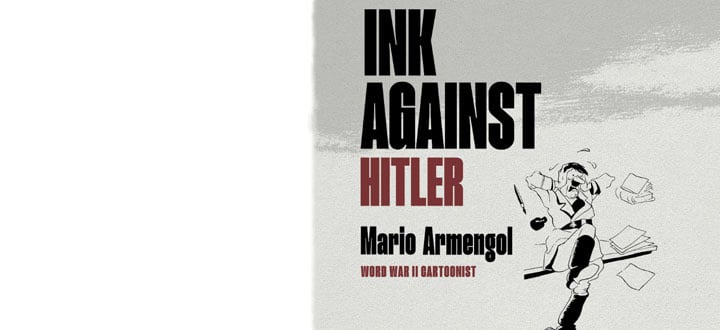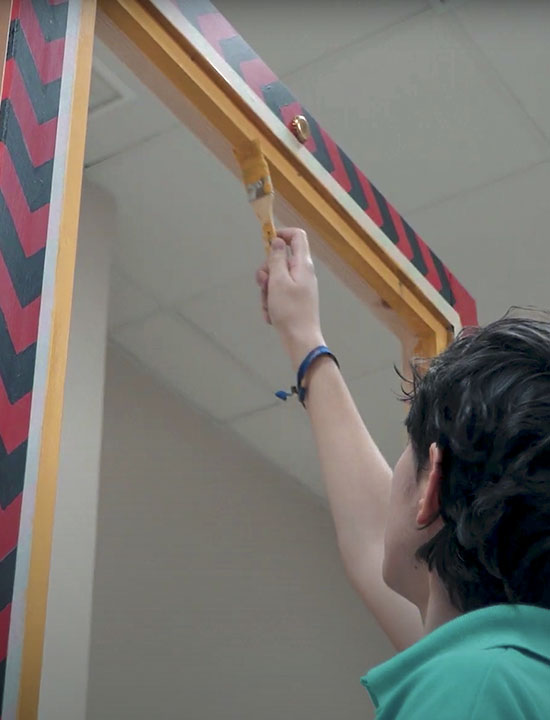Obrint portes: an Arts&Health project
"If opportunity doesn't knock, build a door."
EDU
"The arts can help us to emotionally manage the processes of fighting an illness or injury, to process difficult emotions in times of emergency, and face challenges.
Both the creation and enjoyment of the arts contribute to promoting comprehensive well-being, and can be a motivating factor in recovery.
Benefits are evidenced through various indicators, including health promotion, management of health conditions and disease prevention."
WORLD HEALTH ORGANISATION
“Obrint portes” is an arts in health project developed by the Hospital Universitari Vall d’Hebron and the Museu Nacional d’Art de Catalunya, within the framework of the Arts+Health HUB-LAB of the MNAC, a permanent space for hosting and generating activities and research projects in the field of arts and health.
“Obrint portes” aims to improve the emotional well-being and enhance the socialisation of a group of young people who have experienced an oncological process. Art becomes a space to share and express yourself, based on observation, dialogue and creation.
The project forms part of a research study that assesses the impact on health in the group of participants, which will allow broadening the evidence base of the potential of the arts in improving people's health and identify tools and therapeutic strategies based on art.
Watch the full video on the YouTube channel by clicking here.
These questions were the driving force behind a flurry of ideas and concepts, distilled into a single word that proposed specific materials, shapes, textures and colours. Within the framework of the intervention protocol defined by the Hospital Universitari Vall d’Hebron, the programme designed by the MNAC team revolves around the symbolism of doors, such as those that can be found in the modernist furniture collection of the MNAC or in pictorial works by Feliu Elies or Marià Fortuny.
Once the project was defined in sketches, the creative process of the boys and girls incorporated various artistic mediation resources, such as the Visual Thinking Strategies (VTS), which encourage dialogue and communication through the observation of the art, and which have had the support of the Museum's technical teams, such as infrastructure, preventive conservation and carpentry.
Thus, starting with bare doors, the hands of the boys and girls transformed them until they became the works of art that we present in this exhibition space. Works of art full of meaning that come to life.
“Obrint portes” also wanted to take into account the families, who experience the disease process first hand and as caregivers. Throughout the various sessions, they have been able to enjoy a space where they can meet other parents who are going through similar experiences. They have discovered the Museum as a space for enjoyment, recreation, conversation, disconnection and, at the same time, connection with the deepest emotions. In short, they have found a place of care and generator of well-being.


































